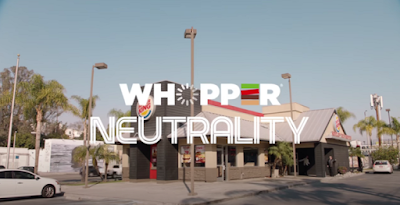Influencer marketing for Diwali
The ultimate goal of a company is to sell its products. Marketers of a company come up with innovative strategies to attract the target audience. One of them is - influencer marketing.
Influencer marketing is a form of social media marketing involving endorsements and product placement by influencers, people and organizations who have an expert level of knowledge or social influence in their field.
Influencer marketing strategy is an effective strategy used especially during festive seasons. At least 71 % of marketers feel that influencer marketing is more effective at driving quality traffic and leads.
The Indian influencer marketing industry is estimated to reach a value of Rs 900 crore by the end of 2021, according to Group MINCA's India Influencer Marketing Report. With a compound annual growth rate (CAGR) of 25 %, the industry will amount to Rs 2,200 crore by 2025.
Globally, digital consumers spent nearly 2.5 hours every day on social networks and messaging in 2019, according to Global Web Index's Social Media Trends 2019 report. This accounts for the accelerated growth of the industry.
Instagram is still the leader when it comes to influencer marketing promotions followed by YouTube. Even some of the newer apps like Josh, Taka Tak and Moj are being experimented with.
Brands with smaller budgets are partnering with micro-influencers. Instagram influencers with followers between 1,000 to 5,000 are termed micro-influencers and have witnessed a higher success rate. Data suggests micro-influences have five times higher engagement rates compared to those over 1,00,000 followers.
 |
| Source: www.thehindu.com |
We have come across many creative ads for the festival of lights - Diwali. Some of the notable ones are-
1. Kurkure
Kurkure collaborated with the Indian fashion designer Masaba Gupta, the proud owner of the label "House of Masaba " to unveil a special, limited-edition festive hamper.
The special hamper amalgamated Masaba's sophisticated style and Kurkure's tedhapan. The hamper has been adorned with GendaPhool decorated with vibrant coloured buds to radiate an optimistic glow to commemorate the festival.
Aside from the festive pack, the unique hamper contains a special collectable tray and packs which offer buyers up to 2 GB of free Airtel mobile data (for prepaid users).
This lucrative offer has been tailored to attract families with the message of unity and celebration.
 |
| Source: www.instagram.com |
2. Kwality Walls
Their choice of celebrity was Mithila Palker - an Indian actress known for her characters in the TV series Girl in the City and Netflix's Little Things. She has a prominent fan base with a million views and plenty of comments per post.
The company implemented the principles of Diwali and the actress's love for ice cream to connect with consumers through Instagram.
 |
| Source: www.instagram.com |
3. Citi bank
Citi bank used the “Celebrate with Citi” campaign to effectively capture sentiments and spread the positive vibes of the festive season to reach out to people. The campaign emphasizes the difficulty faced by people during the lockdown- the isolation, living in confined spaces and the change in work-life balance. The company uses the line " We deserve to celebrate the good things in life, this festive season" to relate to consumer sentiments.
With its lucrative offers, “Celebrate with Citi” is live across multiple platforms with celebrity immersive experiences and communication routes that resonate with people.
 |
| Source:www.economictimes.indiatimes.com |
The Bottom Line
Companies ought to remember that influencer marketing is only a tool for marketing. The sales ultimately depend on product quality and management.
With this in mind, this strategy needs to be optimised correctly for maximum engagement, entertainment and to pass along the brand information effectively to the target audience.
- S Shwetha Iyer



Comments
Post a Comment